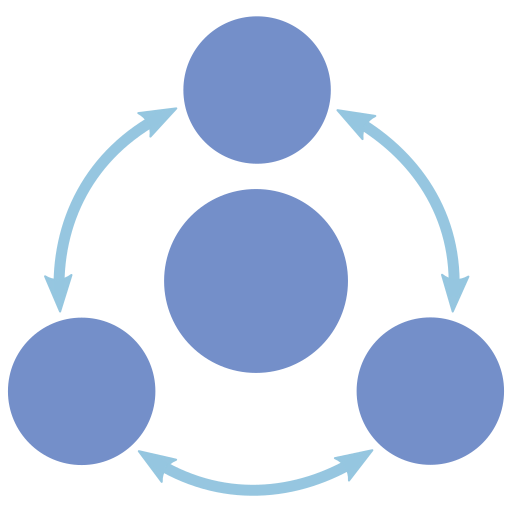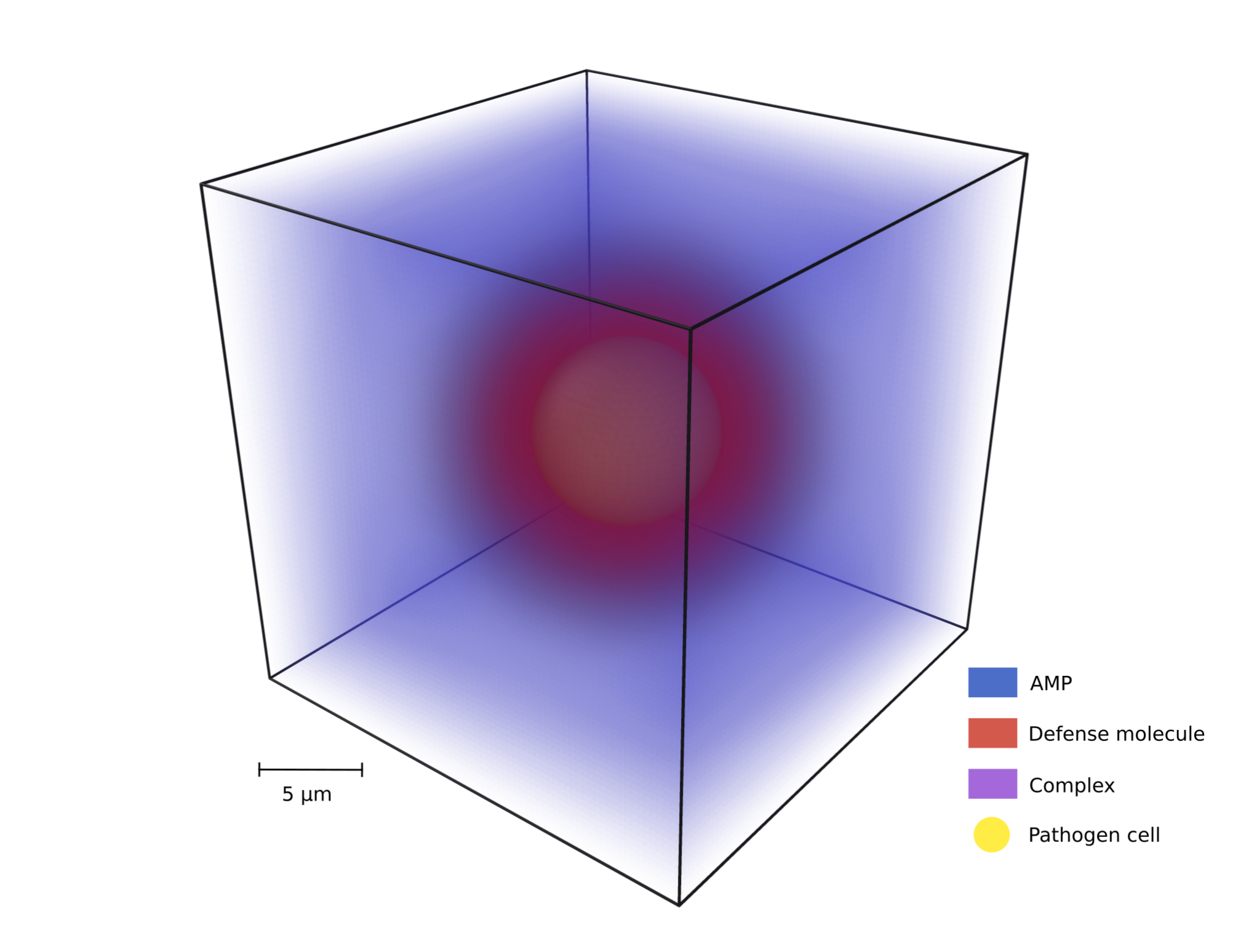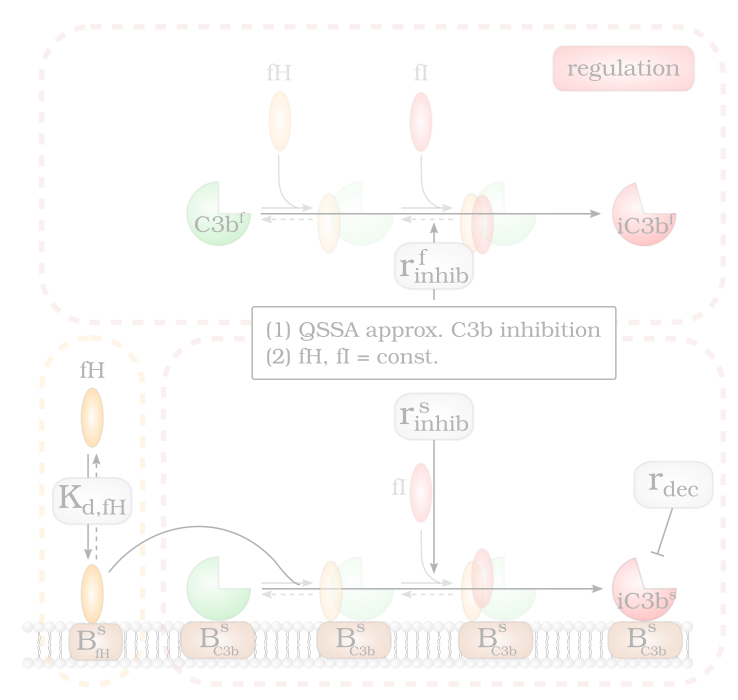Background and objectives
Default mode network (DMN) is a principal network that is more active at the baseline functional state of consciousness and spontaneous brain activity. Nasal breathing beyond the oxygen supply, entrained brain oscillations in widespread brain regions. Consistent with the important role of nasal breathing on neural oscillation for brain function, here we aimed to evaluate respiration entrained DMN rhythms.
Materials and methods
Using electroencephalography (EEG), we assessed the power spectral density and connectivity in DMN during the resting state among a group of sixteen healthy during three successive sessions. In addition to DMN, synchrony of the signal over the widespread cortical regions including somatosensory areas was investigated. Signal acquisition sessions consist of three times including nasal breathing, oral breathing, and nasal air-puff state that odorless air was puffed using a nasal cannula via an electrical valve (open duration of 630 ms) with a frequency of 0.2 Hz while subjects spontaneously breath orally.
Results
Our analyses demonstrated that nasal airflow, during both nasal breathing and nasal air-puff states, enhanced the power and connectivity of DMN regions specially at higher frequency bands, particularly gamma ranges. Enhancement in brain areas activity and connectivity including DMN and somatosensory due to the nasal airflow were not affected even in the condition that subjects were not attending to the nasal air-puff.
Conclusions
Nasal airflow promotes brain oscillations, particularly at the range of gamma that is very essential for higher brain functions.







